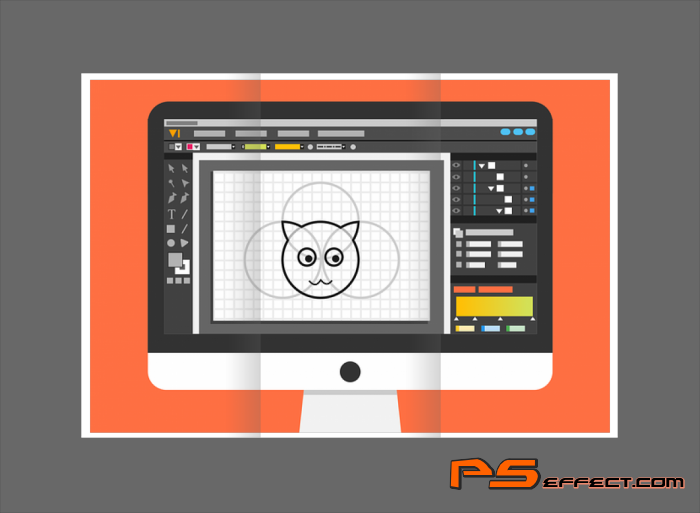Photoshop – Opacity & Color Selection
Photoshop – Opacity & Color Selection
The term ‘opacity’ describes the amount of transparency a layer has. Setting a layer’s opacity level to 100% will result in a layer that is completely opaque. To put it simply, you will not be able to see through it. If the setting is at 50% the layer’s opacity will be see-through and any layers behind it can show through. If the setting is at 0% the layer will be invisible.
The opacity of a layer can be adjusted using the slider bar located in the Layers Palette. It’s easy to manipulate, simply highlight the desired layer and adjust the slider bar.
Photoshop provides features that allow the selection of color of your choice for use in part of your image. Photoshop has the foreground color and the background stored in memory. Use the foreground color when you paint, fill, or stroke selections. The background color is used to make gradients and fill in the erased areas of an image.
The default setting for colors will be a white background and a black foreground. You can easily swap the background and foreground by clicking on the small curved arrow on the toolbox.
The Eyedropper tool can be used to click on a color in an open image thus selecting it as the foreground color. Hold down the Alt key when you click to set the background color.
The color picker allows you to select a specific shade of a color either by pointing and clicking or by entering the correct color code. After you are satisfied with your color choice just click the OK button to return to the image.
Take your time and be patient with yourself. Practice by playing with your images. You will soon be an expert at creating images with the perfect opacity and color.
